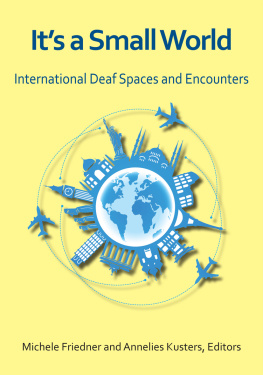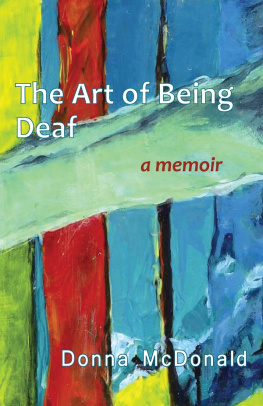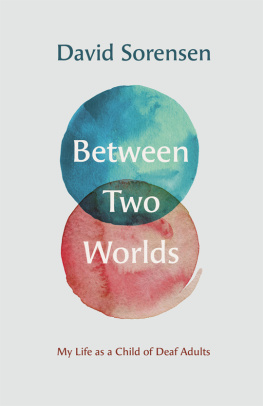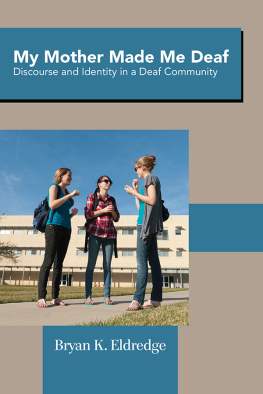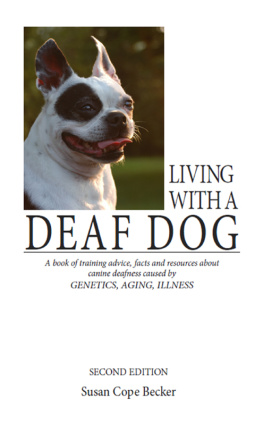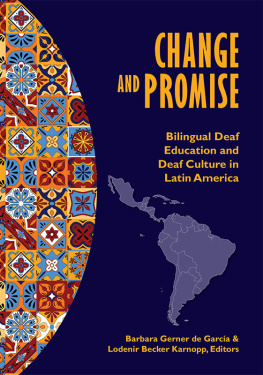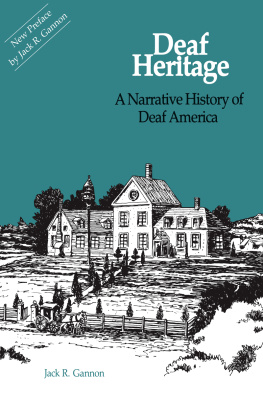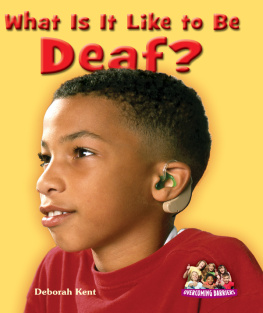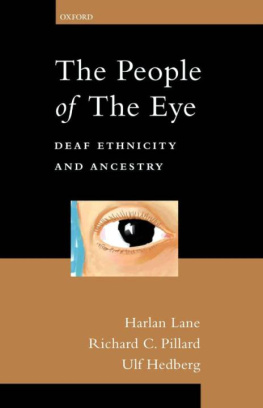Introduction deaf-same and Difference in International Deaf Spaces and Encounters
Annelies Kusters and Michele Friedner
- Deaf people from all over the world attended the Paris World Fair in 1900. There, a French deaf leader remarked that deaf people around the world know no borders.
- Andrew Foster, an African American deaf pastor and educator, established more than thirty deaf schools in Africa. His methods inspired deaf Nigerians, who applied Fosters strategies in their voluntary work projects with deaf people in Fiji.
- Expatriates and local Cambodians set up deaf tourism agencies in Cambodia. Previously, local deaf people acted as guides for foreign visitors informally and without financial compensation.
- A deaf American lawyer traveled through Chile and founded a nongovernmental organization to support Chilean deaf advocacy efforts by providing legal services and training.
- Deaf youth from all over the world who attended the World Federation of the Deaf Youth Section camp in Durban commented on how the camp provided opportunities for learning, networking, and empowerment.
- A deaf person from Eritrea traveled to Sweden and was shocked to discover how similar her sign language is to Swedish Sign Language.
While the dynamics in each of these encounters between diverse deafinternational spaces. This books title, Its a small world, is a phrase often used in such encounters by deaf people who discover mutual connections, often over and across great geographical distances, and these encounters can be seen as examples of this deaf small world. Indeed, a shared experience of being deaf, which we call deaf-same , created the conditions of possibility for these encounters to take place.
The phrase deaf-same , although not extensively researched, is often assumed to be a widespread (if not universal) phenomenon, and in our personal experience in Ghana, India, USA, and Europe it is typically utilized by deaf people coming from around the world. deaf-same or I am deaf, you are deaf, and so we are the same emphasizes at the feeling of deaf similitude and is one of the most powerful phrases used in and across deaf worlds. deaf-same is grounded in experiential ways of being in the world as deaf people with (what are assumed) to be shared sensorial, social, and moral experiences: it is both a sentiment and a discourse. Thus, as both a launching point and a unifying framework around which the chapters in this book coalesce, the authors use the concept of deaf-same in both affirmative and critical ways.
deaf-same produces feelings and relationships in individual people and groups as they engage in encounters. Enhancing the idea of deaf-same are deaf peoples communication practices and the fact that many diverse deaf people can communicate across borders and boundaries by using (mixtures of) national signed languages, gesture, and International Sign. deaf-same can create claims of likeness and affiliation between people with very different cultural, racial, class, religious, economic, and geographic backgrounds, thus transcending geography, culture, and history, among other things. In this act of transcendence, it produces a desired and imagined deaf geography in which differences between deaf people are rendered minimal. This deaf geography in turn produces and engenders the discourse of deaf universalism. By deaf universalism we mean a (belief in a) deep connection that is felt between deaf people around the globe, grounded in experiential ways of being in the world as deaf people. To be sure, being in the world as deaf people not only includes the shared experience of being deaf sign language users but also shared experiences of oppression, such as the global impact of the Milan 1880 conference, which resulted in a ban on sign language use in deaf education as well as barriers and discrimination experienced by deaf people in everyday life.
We see deaf-same as an experiential and analytical departure point and not an end point. Why is it not an end point? By analyzing such encounters, we see that despite the shared experience of being deaf, there are also substantial differences between deaf people from different backgrounds. These differences include nationality, ethnicity, class, mobility, educational levels, and of course, language, among other things. People also have different expectations, purposes, or intentions in reaching out to deaf people in other countries, including making new friends, wanting to have an authentic tourist experience, learning something new, gaining financial profit, and engaging in research, development, or charitable works, among others. There can also easily be combined and competing motivations.
Exploring similarities and differences between deaf people during their encounters is important to clarify for experiential, practical, and theoretical purposes, for both people engaging in such encounters and for people researching them. As the chapters in this book demonstrate, these similarities and differences can create complex and contested dynamics between people. Thus, when initiating this edited volume, we wanted to examine how sameness and difference are actively produced, negotiated, and realized by people in specific times and spaces: we were motivated by the sense that feelings of sameness ( deaf-same ) are often foregrounded in deaf encounters while differences are ignored or discounted.
Studying Deaf Worlds Transnationally and Internationally
This book builds upon previous studies of international deaf gatherings and encounters. Transnationalism, or experiences that transcend national borders, has been a topic of significant interest in deaf studies and other disciplines focused on deaf peoples experiences. Breivik, Haualand, and Solvang (2002) very productively studied international deaf conferences and sports events (and they discuss some of their findings in their chapter in this book). Using multi-sited ethnography in different transnational spaces, they analyzed deaf peoples experiences in terms of routes and not roots (also see Breivik 2005), exploring the ways that deaf people often see themselves as part of a transnational deaf community before they identify with their national or familial communities (hence people who attended such events say that it is like being with family).
The term pilgrimage has been used to describe deaf peoples participation in the ritual of the Deaf World Games (aka Deaflympics), where deaf people from around the world come together for a sacred occasion, in which signed language users temporarily constitute a majority (Haualand 2007). Another ideal deaf place is Gallaudet University in Washington, DC, the only liberal arts university for deaf people in the world, a deaf Mecca to where deaf people from around the world make pilgrimages (Lane, Hoffmeister, and Bahan 1996). De Clerck (2007) has written about the effect that visits to Gallaudet University and other deaf ideal places had on Flemish deaf leaders, theorizing that these people were asleep (in that they were unaware of their language, culture, and rights) and then woke up during those visits. For deaf people, this experience of a barrier-free environment fascinated, inspired, and recharged them.
As for historical perspectives on deaf transnationalism, Murray (2007) investigated transnational relationships, events, and conferences in the late nineteenth and early twentieth centuries in his dissertation titled One Touch of Nature Makes the Whole World Kin. The title is tellingly a quote by Amos Draper, a deaf American quoting Shakespeare, implying that shared deafness leads to feelings of kinship in an international context. Additionally, Ladds (2006) attention to the internationalist discourses used during the Paris banquets (which are discussed by Gulliver, this volume) has been very inspiring and affirmative for deaf people who continue to use these discourses today.

